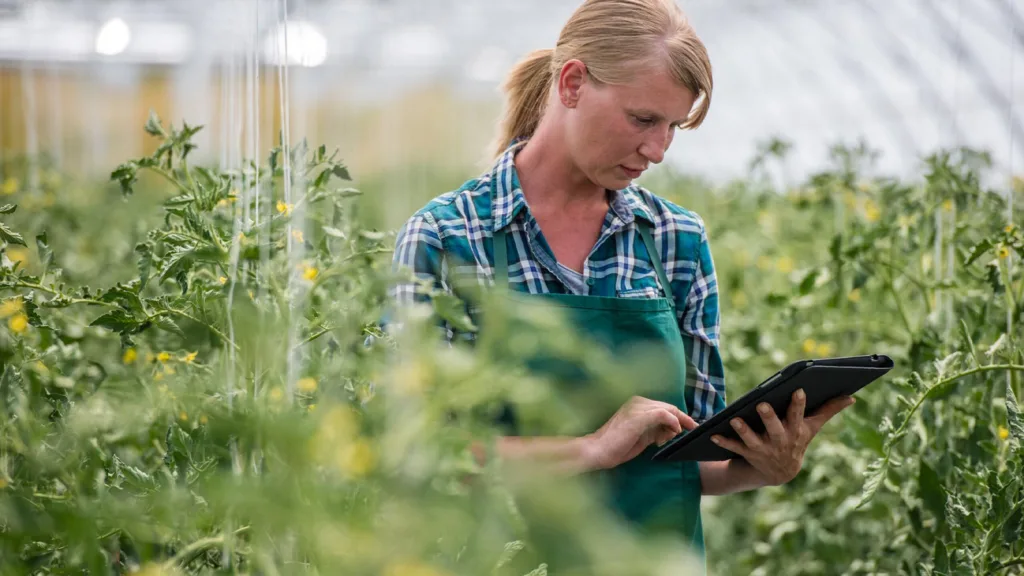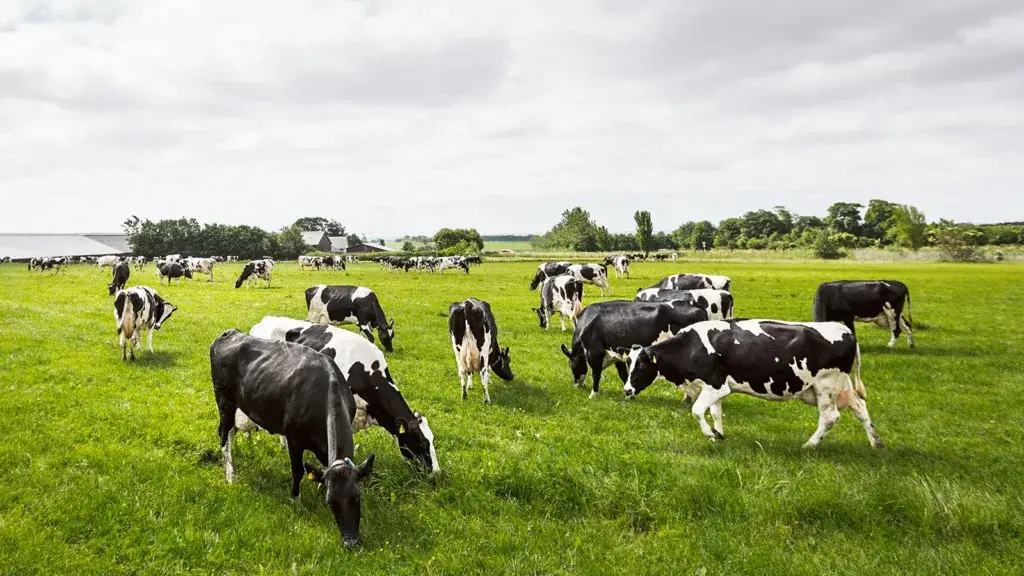This impact story is part of a series featuring companies that are members of One Planet Business for Biodiversity (OP2B)/WBCSD. Through these stories, we aim to showcase our members’ commitment to driving the transition to regenerative agricultural practices, the impact on farmers and the role OP2B plays in supporting this transformation.
In 2022, Tikehau Capital, a global alternative asset manager, launched an innovative private equity impact strategy dedicated to regenerative agriculture, in partnership with Unilever and AXA. Initially capitalized with €300 million, this strategy aims to reach €750 million, underscoring Tikehau Capital’s ambitious commitment to the agricultural sector. In this article, Laurent-David Charbit, co-head of Tikehau Capital’s Private Equity Nature and Biodiversity Strategy, and Lindee Wong, Director of Climate and Biodiversity within the Group, explain the challenges and commitments of financing regenerative agriculture.
Regenerative agriculture: a response to global challenges
Agriculture extends beyond food production, playing a crucial role in fashion and fuel, a wide range of applications that underscore its deep interconnection with other industries and the importance of its transformation. Rooted in agroecological evidence and principles, regenerative agriculture is a holistic, outcome-based farming approach. It produces agricultural products while generating net-positive impacts on soil health, biodiversity, climate, water resources and farming livelihoods at both the farm and landscape levels.
“Agriculture, land use and deforestation account for more than 20% of greenhouse gas emissions,” notes Laurent-David Charbit. But alongside this alarming statistic comes a glimmer of hope: “After oceans, land – including soils and vegetation – is the second largest carbon sink.” This dual role positions agriculture as a strategic sector in the fight against climate change.

Charbit emphasizes the importance of the approach of Regenerative agriculture by highlighting that “40% of soils are degraded,” meaning they no longer fulfill essential functions like carbon storage or water filtration. This stark reality showcases the urgency of transitioning to regenerative agriculture.
The challenges of financing the transition
According to the World Economic Forum’s (WEF) report titled “Green Return: Unleashing the Power of Finance for a Sustainable Food System”: Less than 4% of climate financing is allocated to agriculture and forests.” This statistic highlights the gap between the challenges faced and the resources currently dedicated to addressing them.
To overcome these obstacles, Tikehau Capital has proposed an innovative investment approach centered around alignment of interest. “The overall performance, or ‘carry’, is divided into two equal parts: 50% is determined by environmental impact and 50% is linked to financial return on investment,” explains Laurent-David Charbit. This approach aims to align the interests of involved parties while balancing financial performance with environmental impact, meeting the expectations of a new generation of investors.

“What Tikehau Capital does differently is collaborate with key players throughout the value chain,” explains Lindee Wong. “With every investment, we aim for a positive impact on water, climate or biodiversity, while ensuring there are no negative impacts on health or farmer incomes,” she adds. A key component of Tikehau Capital’s model is the independent impact committee, which evaluates investments based on a framework validated by industry experts and partners like WBCSD’s OP2B. This approach supports Tikehau Capital in effectively leveraging expertise and resources to maximize the impact of its investments.
The four drivers of change
Tikehau Capital works with four drivers that can foster the large-scale adoption of regenerative agriculture:
- Big problem = big opportunity. The urgency to address the negative environmental impacts of agriculture is undeniable. This represents opportunities for businesses to develop marketable solutions.
- Evolving legislation. Many countries, including the United States and European countries, are now linking agricultural subsidies to more sustainable practices, driving large-scale change.
- Value chain resilience. Regenerative agriculture provides companies with the opportunity to strengthen the resilience of their value chains by fostering a more stable and sustainable supply of raw materials, even in the face of climate disruptions. This approach increases the likelihood of maintaining continuous access to necessary resources.
- Consumer demand. While consumers may not explicitly seek products from regenerative agriculture, they are increasingly drawn to its benefits such as the absence of chemical residues. Products making ESG-related claims averaged 28 percent cumulative growth over the past five-year period, versus 20 percent for products that made no such claims.
Working within an ecosystem
Tikehau Capital’s involvement in the OP2B coalition highlights the importance of collaboration with ecosystem partners to drive change. Lindee Wong explains that Tikehau Capital brings an investor’s perspective to OP2B’s working groups, particularly in developing metrics for regenerative agriculture.
It is crucial to have a consolidated view across the entire value chain, so that we can report consistent metrics at every level
Lindee Wong
This alignment of interests among different stakeholders – from farmers to multinationals – is where OP2B adds significant value. Wong underscores the importance of the Regenerative Agriculture framework established by OP2B in 2021: “This framework facilitates the structuring and acceleration of the transition to more sustainable agricultural practices,” highlighting OP2B’s role in refining and converging toward common goals.
By participating in OP2B, Tikehau Capital not only benefits from knowledge and resources sharing but also contributes to the broader effort to create a more sustainable food system. “It’s about working together with like-minded partners,” concludes Charbit, “to refine our convergence and drive meaningful change.”
Regenerative agriculture represents a significant solution for transforming the way we produce food and sustainable fibers, benefiting the climate, nature and people. In the coming years, the OP2B coalition will focus on unlocking three strategic levers to scale up regenerative agriculture: harmonizing measurement, fostering collaborations to support farmers’ transitions and advocating for policies that create an enabling environment.
Disclaimer
“The opinions and quotes shared in this article by members of Tikehau Capital are for information purposes only. They do not create an obligation on the part of Tikehau Capital.”
Outline




